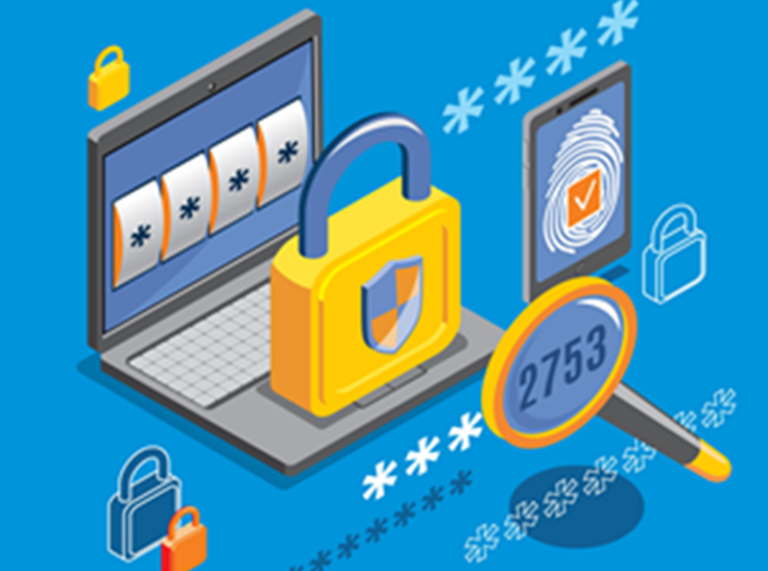This is a question I am frequently asked during security awareness sessions.
The short answer is yes, but the benefits are limited. While regular password changes were once a standard recommendation, the modern view is that mandatory, frequent password-changes may not be as beneficial as previously thought. In fact, they could even introduce certain risks. This is because most password-related attacks are due to use of weak, shared, or reused passwords, or from technology-based compromises like phishing or malware. Password age, on its own, plays a much smaller role in security risks. Let us explore this further.
First, the benefits:
- Frequent password changes reduce the time available for attackers to crack a password using brute force methods.
- If a password is compromised, periodic changes shorten the time an attacker can exploit it.
- Regular password updates help maintain adherence to security policies, keeping users alert and mindful of password security.
Some of the risks (largely due to the human factor in cybersecurity):
- When employees are required to frequently create complex passwords, they often find difficult to remember them. This can lead to forgotten passwords, resulting in productivity losses, or encourage risky behaviors such as writing passwords down or storing them in easily accessible places where they could be stolen. Some may even resort to reusing passwords across multiple accounts.
- Frequent changes can also lead to predictable or weak password patterns (e.g., “Welcome@1212”, “Welcome@2323”), which hackers could exploit easily.
- The inconvenience to users can further degrade security.
All these behaviors contribute to poor password hygiene, ultimately increasing the organization’s vulnerability to attacks. Organizations such as the National Institute of Standards and Technology (NIST), the National Cyber Security Centre (NCSC-UK), and large corporations like Microsoft no longer recommend frequent and mandatory password changes, except for privileged accounts. Instead, NIST suggests maintaining a banned password list that includes:
- Common dictionary words
- Repeated characters (e.g., “999”)
- Sequential characters (e.g., “1234” or “abcd”)
- Context-specific words (e.g., your username)
- Passwords known from previous data breaches (by checking breached-password databases like “Have I Been Pwned”)
Modern techniques such as longer, unique passwords, using password managers, enabling multi-factor authentication (MFA), and adopting password-less authentication can greatly enhance password security.
So, when should you change your password?
Many security experts recommend changing passwords in the following situations:
- If you suspect your account has been compromised, such as unusual activity or unauthorized access.
- After falling victim to a phishing attempt or being informed that your credentials were exposed in a data breach.
- When you receive alerts about suspicious login attempts or unauthorized access.
- If a service or organization you use has experienced a breach that may have exposed user passwords.
- If you’ve reused the same password across multiple accounts, especially if one of them has been compromised.
- After sharing a password with someone else.
- In every 365 days
- When required by your organization to comply with security policies or regulatory standards.
This approach balances user convenience with security. What are your thoughts? Tell us in the comments section below.


